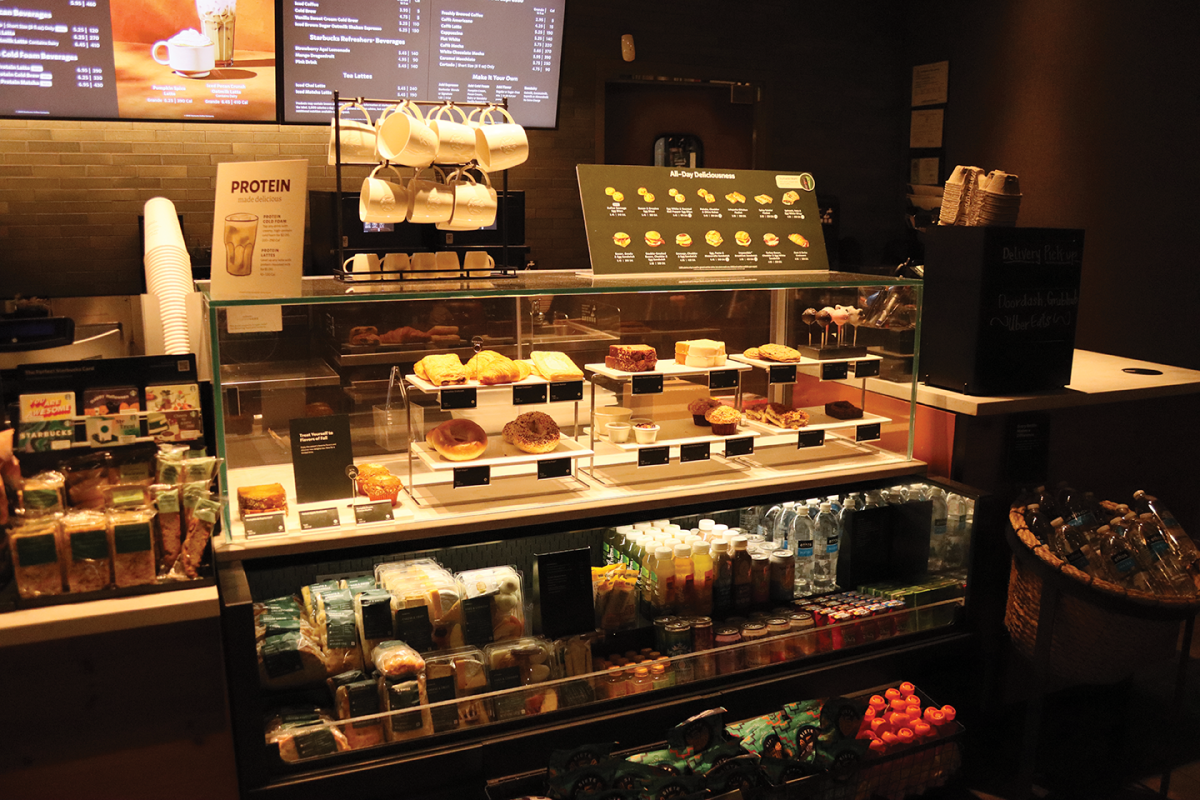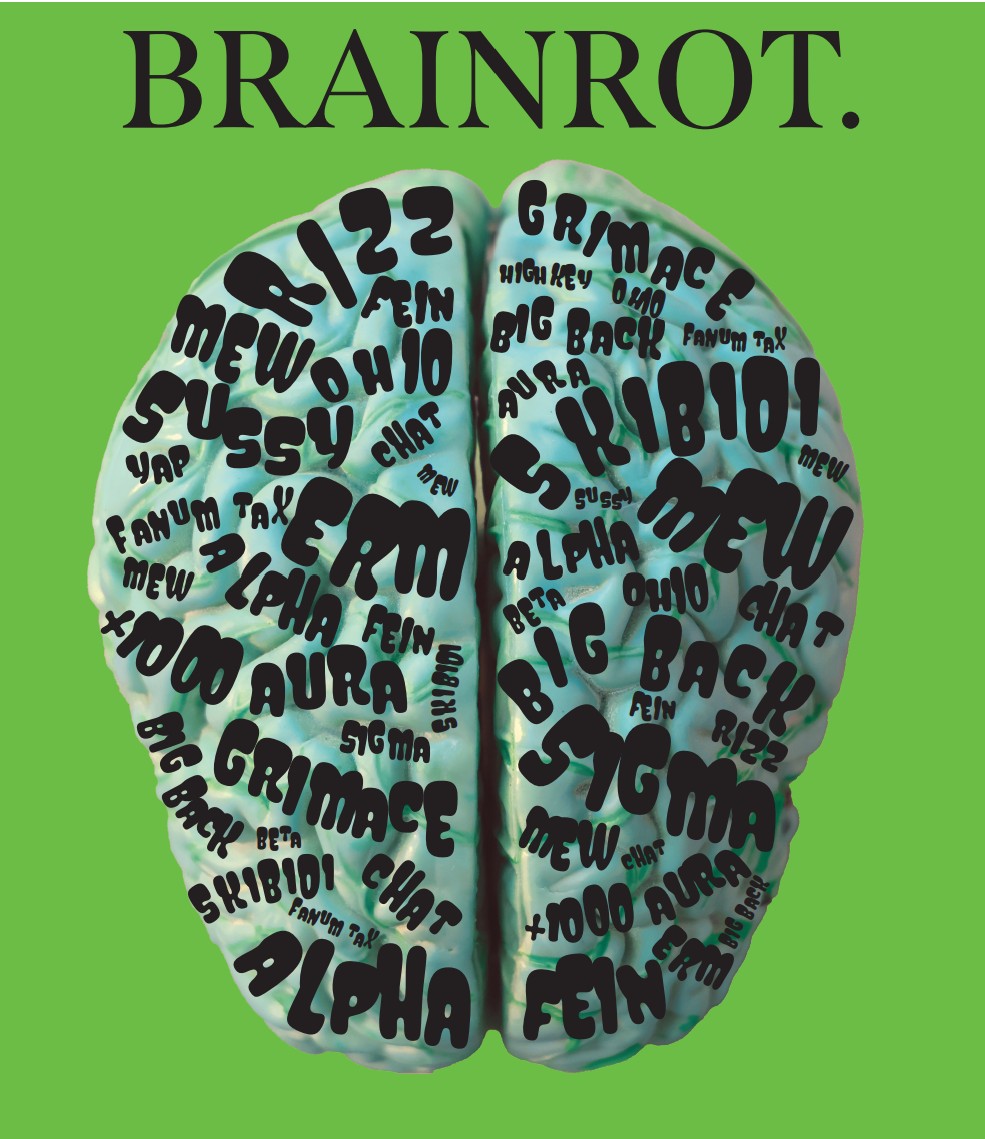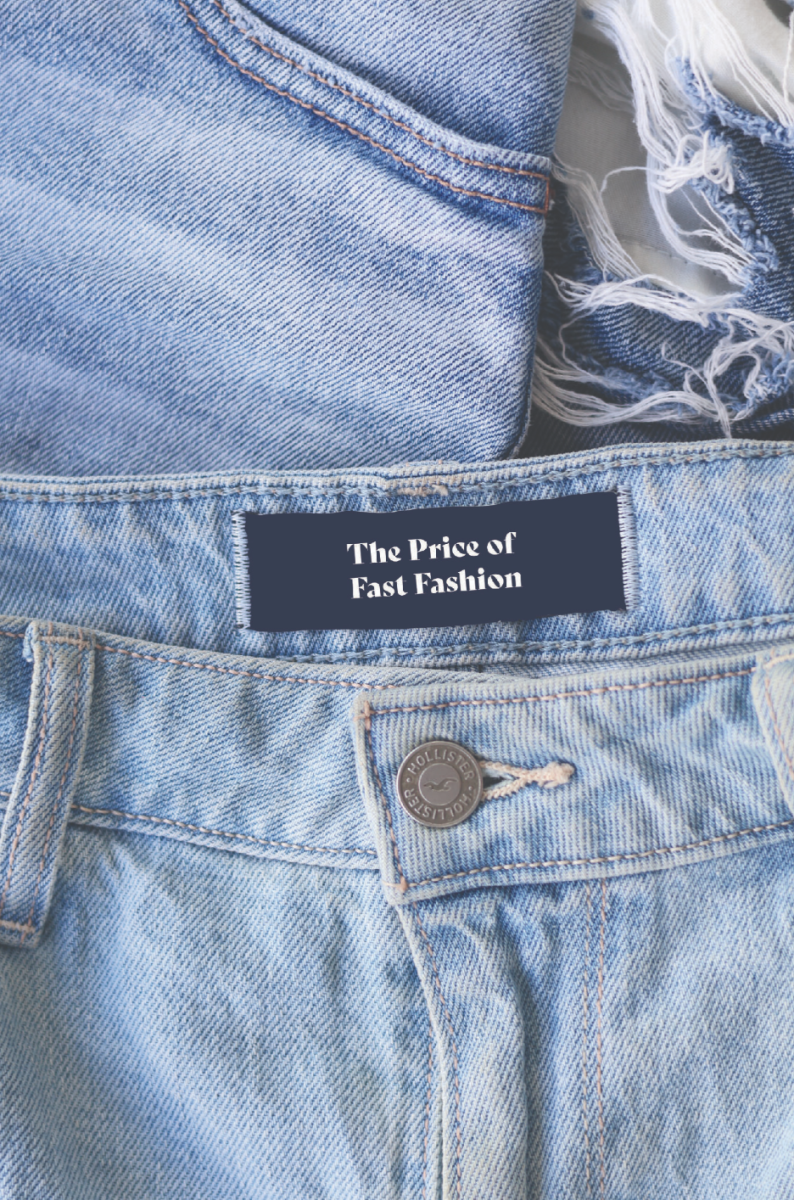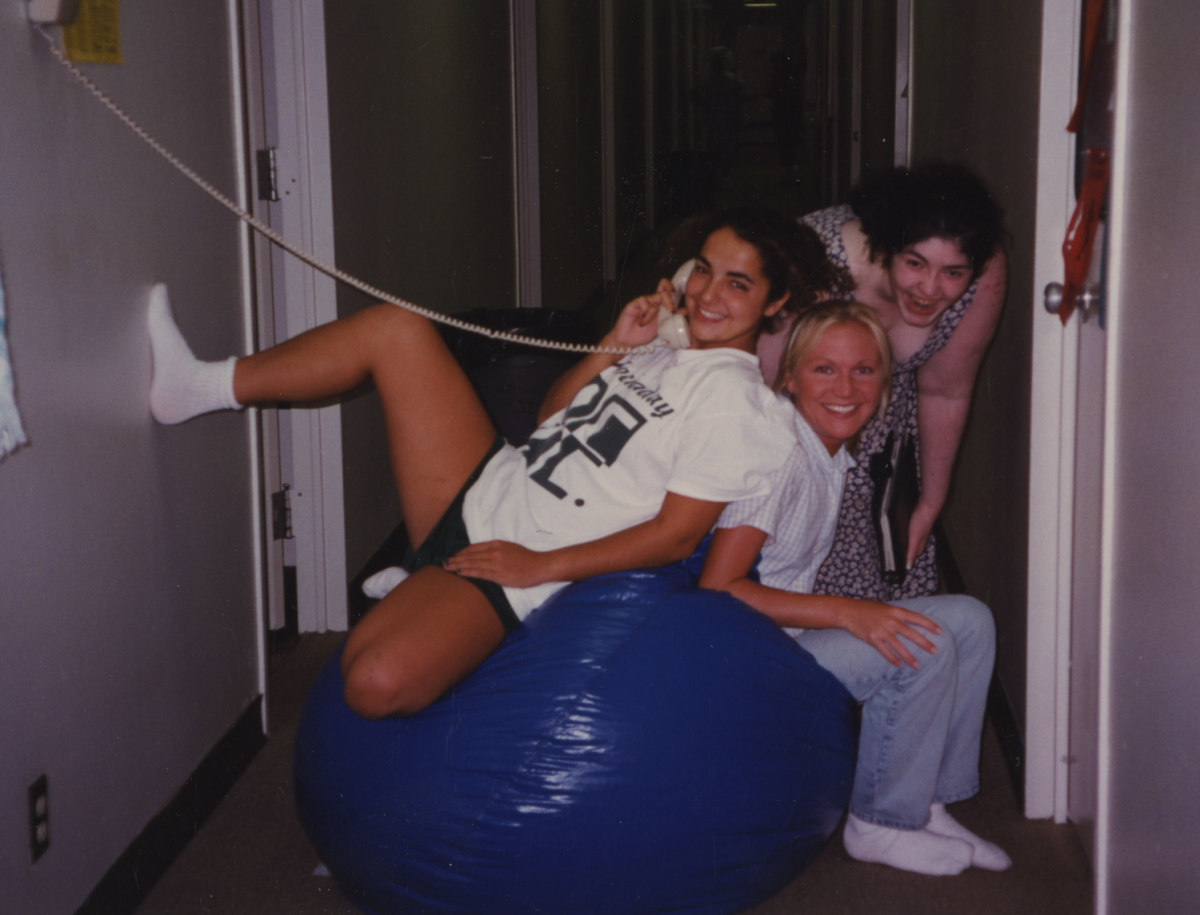Between school, sports and social lives, students today are constantly on the move and so are their eating habits. For many, grabbing takeout after practice or between activities has become a normal part of daily life. Busy schedules often leave little time for home-cooked meals, leading students to seek quick and convenient options. Yet, this growing reliance on takeout raises questions about balance, health and lifestyle. Eating out also plays a big role in the social scene of highschoolers’ lives, so it is crucial that they learn how to balance health with socializing. 41% of surveyed students say they sometimes feel pressured to dine out by others, and 38% say they eat out at least three times a week.
Dealing with busy schedules
A two-year member of the varsity fencing team and a taekwondo black belt, sophomore Isabella Zhou is a dedicated and seasoned athlete in and out of Hockaday. She practices from 4 p.m. to 6 p.m. for fencing and from 7:30 to 8:45 PM for taekwondo every weekday. Despite the demands of her sports, Zhou is grateful for how they have shaped her life so far.
“Sports help me get out of the stress of schoolwork,” Zhou said. “They help me stay active for a few hours every day.”
Yet, this packed schedule comes with less time to eat home-cooked meals, especially after a long day.
“I oftentimes get takeout right after a late taekwondo training, when my parents and I are too tired or busy to cook,” Zhou said. “The Chick-fil-A is really close to my taekwondo center, so I often go there and get some nuggets. It’s not the healthiest, but it’s filling, protein-packed and tastes great.”

However, Zhou is intentional about nutrition before her athletic competitions, citing habits and health benefits as reasons.
“I avoid sugary things because they’ll make you throw up,” Zhou said. “Usually before my competitions, I’ll eat a light snack of fruit.”
Though her mentors often advise healthy meals, they also have a nuanced understanding of the lives of their students.
“My taekwondo coach doesn’t particularly love it when we get fast food, but he understands that it’s not really negotiable for stressed student-athletes,” Zhou said.
In addition to the health aspects of eating out, Zhou shares how food is a big social aspect of high school. Zhou and her friends often go out to eat before events, such as Halloween or Winter Formal, which she believes enhances the experience.
“I think enjoying good food together and each other’s company makes the night truly special,” Zhou said. “Also, it makes the later event even more exciting.”
During the school day, Zhou notices her classmates with a variety of takeout drinks and treats.
“A lot of the time I’ll see Starbucks, McDonald’s, La La Land and Fat Straws,” Zhou said.
In regard to the takeout culture of the current era, Zhou believes it can be improved but ultimately shouldn’t be shunned as an option.
“I would try to make it a bit healthier, because a lot of it is fried and can cause health issues if eaten too often,” Zhou said. “But I don’t think it should be outright shunned because some people just don’t have other dining options and it’s the most convenient.”
Looking at the history of takeout
Upper School Latin teacher Amanda Richards discusses takeout food’s long history in human culture.
“It may predate Rome, but it was at least present in Rome in these restaurants called thermopolia,” Richards said. “They were basically takeout restaurants that would have a counter where you could order and then you could eat your food in the street.”
In fact, throughout ancient Europe and even now, the pressures of day-to-day work have influenced the creation and popularity of restaurants.
“Most people have never had the time to feed themselves and do their jobs,” Richards said. “Nowadays, we put this big moral weight on whether or not you cook at home, but shared labor is not a new invention.”
Even during deadly pandemics, humans refined takeout culture to survive and continue feeding each other.
“During the Black Death, they had special little windows that exchanged wine without spreading contagion nor sickness,” Richards said. “It helped everybody stay safe from further transmission.”
In fact, many public spaces were built around the idea of communal food and resources.
“In the past, baking had to be done in big public ovens, and so did most of the cooking for the house,” Richards said. “You’d go down to the big public oven and either have it done by other people or buy pieces of meat and ask bakers to make it into a pie.”
In Richards’s opinion, the simple idea of takeout is timeless
“I think cooking is a great life skill to have, and avoiding those sorts of things is unwise for the future where finances may be precarious,” Richards said. “But students have a tendency to put so much on their plates, so it’s not surprising that they relegate these tasks to others while balancing a number of other responsibilities.”
However, the act of eating together itself, whether it’s takeout or not, is something that has always intrinsically bonded people.
“Even in animals, such as chimpanzees, they will eat fruits together or harvest together, since food is necessary for survival,” Richards said. “And of course, we have then built our culture around it.”
Social media trends often influence people’s decisions on what to eat and where to eat, especially with how desirable and luxurious the internet makes certain foods seem.

“Certain foods are selected that might otherwise be considered luxury foods due to the influence of social media,” Richards said. “Some people also consider it part of their lifestyle or aesthetic.”
However, Richards disagrees with the notion that all takeout choices should be viewed that way.
“I do think making choices about what you truly do need in the long term is important,” Richards said. “But in general, needing to feed yourself after sports or work is just something you have to do, and it’s completely valid for takeout to alleviate that stress.”
Looking at the financial impact of takeout
Upper School Financial Literacy and AP Economics teacher Kristen Blevins aims to prepare her students to be financially responsible in an ever-changing world, which includes skills from budgeting to debt management. Recently, in Financial Literacy, students were asked to track all their expenses for four weeks.
“With all the seemingly random expenses that were adding up, students really started getting a sense of what kind of money they spend, which can be hard to fathom when most of the money isn’t directly coming from them,” Blevins said. “Afterwards, they do a written reflection, and all that builds up to a budgeting project.”
Blevins believes part of why takeout culture has become more normalized for youth is due to less public spaces for teens to hang out.
“There were once places where you could go where you didn’t need to spend money, but I feel like the presence of those has been on the decline,” Blevins said. “If people want to hang out together without going to someone’s house, they feel like they have to go to a Starbucks or restaurant and then feel pressured to order something there.”

Oftentimes, students will frequently stroll into class with a small morning pick-me-up, but over time, their cost becomes apparent.
“When you take it transaction by transaction, one $5 coffee doesn’t seem like that much,” Blevins said. “But when you do it consistently every day for a whole month, it does add up to a more significant part of your budget.”
However, Blevins doesn’t believe in condemning these small purchases and deeming them too significant a financial risk.
“I think it’s definitely worth it to spend money on things that bring you joy, albeit mindfully,” Blevins said. “The big financial decisions matter too, so the important thing is making sure you have a good balance between the major and minor purchases.”
In general, Blevins believes financial literacy and budgeting helps open people’s eyes to a greater understanding of their choices.
“I think the project that we do often helps people fully understand all the costs out on the spreadsheet,” Blevins said. “If they don’t like them, it’s really just about making future changes they’re comfortable with that knowledge in mind.”
Nutrition’s take on takeout
Jessica Setnick ‘90, a licensed nutrition expert, views eating out with a different lens than a typical teen might.
High schoolers may focus on the unhealthy food that they consume. While that is a valid concern, Setnick emphasizes that the issue with eating out is largely the portion size rather than the nutritional value of the food.
“It’s more about eating when you’re not hungry and eating a super large portion that you would not normally eat just because that’s what they served you at the restaurant,” Setnick said.
When restaurants or fast-food places present meals, they give off the impression that they expect customers to eat the full amount presented, skewing customers’ natural indications of when to stop eating due to being full.
“If you’re eating for a reason other than hunger, it’s like blow drying your hair when it’s already dry – you don’t have a good gauge of when to stop,” Setnick said.
This contributes to teens eating when they are already full, just because they are going out with their friends
“A lot of the external pressures like how much is on our plate, how much we spend on food, feeling guilty, not wanting to throw food away or waste food, peer pressure and emotions, all of those can interfere with our internal gauge,” Setnick said.
One way to avoid this pressure is by learning how to hang out with friends while not overeating.
“We have to sometimes break out of our routines when they’re not working for us,” Setnick said. “It might feel different, but that doesn’t mean it’s bad to change.”
Schools can instill this mindset in students by teaching about proper portion size and physical cues that indicate hunger rather than what nutrition labels and dieting statistics say.
“We have more nutrition information right now in this country about any piece of food we want to eat than anyone in the history of mankind, anywhere in the world, and yet it doesn’t make us healthier,” Setnick said. “What we really should be teaching in school is making your own choices, listening to your inner cues, following your own North Star, and how to express yourself when you want to do something that’s different from the crowd.”
Setnick, reflecting on her time at Hockaday, says that the freedom of driving in high school broadens students’ sources of food, yet that also comes with a lot of responsibility.
“We used to love to eat out because some of the freedom you get when you’re in high school is you can drive or your friends can drive, so you’re not always at the mercy of what your parents are having for dinner or where your parents are going to dinner,” Setnick said. “I understand that some food is more nutritious than others, I mean, that’s just a fact, right? But it’s not any one meal that’s going to make or break anyone, their health, their nutrition, their weight or their self-esteem.”










